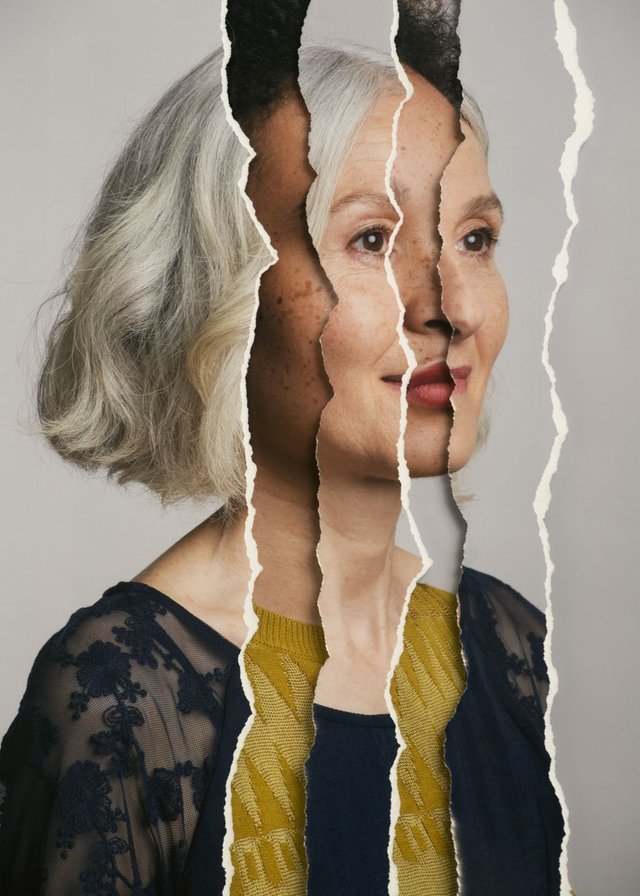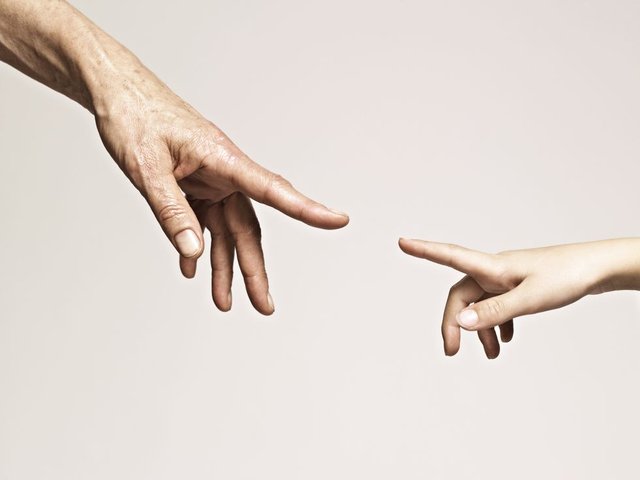Bryan Johnson is a software entrepreneur who spends about $2 million a year trying to make his 45-year-old body look and function as though it were 18 again. He employs more than 30 doctors and health care experts who track his every bodily function. He takes more than 110 vitamins a day. He monitors the purity of everything he eats. Basically, he’s made the pursuit of agelessness his full-time job. Along the way, he’s creating a blueprint from what he learns to help other people keep their bodies young for longer—if they have the resources to replicate his complicated and expensive approach.
Johnson is just one of many über rich people spending billions to prevent themselves from growing old. But eventually, they may run up against a fierce obstacle in their quest for eternal youth: the laws of physics.

photo taken from https://unsplash.com/
There are a few possible reasons why we age. The evolutionary argument is that each generation of creatures—whether human, animal, or plant—must grow old and die to make way for a new generation. In that case, the fact that our bodies stop repairing themselves at a point isn’t a design flaw, but a feature.
Alternately, or possibly in tandem, is the “wearing-out” theory of aging. There are various “molecular machines,” that do everything from replicating cells to moving nutrients where they need to be in our bodies, biophysicist and nanomechanics expert Peter Hoffmann, Ph.D, eloquently explains in an article for Nautilus Magazine. “As these machines go about their business, they are surrounded by thousands of water molecules, which randomly crash into them a trillion times a second. This is what physicists euphemistically call ‘thermal motion.’ Violent thermal chaos would be more apt,” he writes.
This thermal motion, Hoffman says, provides a source of energy that these molecular machines can harness for their work; but it is also responsible for breaking bonds between molecules. When he and his colleagues replicated this action in a lab, they found “the survival probability of the bonds plotted against applied force looks just like human survival plotted versus age…which suggests a possible connection between breaking protein bonds and aging—and between aging and thermal motion.”
In other words, just through living, we experience basic wear and tear. Unlike inanimate objects, we can repair our systems after such damage, but there are still limits.
Leonard Hayflick, Ph.D, has worked as professor of anatomy and microbiology, and is among the foremost experts on aging. He developed what is known as the “Hayflick Limit”—that is, the number of times human DNA cells can replicate before they become senescent, or stop replicating and take on a different form associated with age. After a lifetime of study, Hayflick supports the wear-and-tear explanation of aging.

photo taken from https://unsplash.com/
“Everything in the universe ages for the same reason … your car is brilliant because it knows how to age without any instructions, either in the car itself or in the blueprints,” Hayflick says in a 2015 presentation on biological aging held at the University of California, San Francisco. “So why is the second law of thermodynamics the probable cause of aging? It governs the behavior of all molecules; it can explain the ultimate cause of all other theories of aging; it is testable using current technologies; it’s falsifiable; it is universal and applies to both animate and inanimate objects.”
Entropy is the condition of things moving from a more-ordered state to a less-ordered state; Rudolf Clausius first postulated the concept in the 1850s. The second law of thermodynamics, the law of entropy, states that “if the physical process is irreversible, the entropy of the system and the environment must increase; the final entropy must be greater than the initial entropy.”
For instance, when you eat an apple, the fruit starts out in a low-entropy state, and its entropy increases as you chew it, digest it, and incorporate it into your body’s fuel system. Entropy increases among billions of different molecular processes in our complex bodily systems. The longer you live, the more entropy you will have experienced, and each new occasion of entropy can create a slew of new entropic processes, in turn.
Can You Slow Aging in the Whole Body?
Some of the damage that occurs in our bodies can be reversed, but with some 37 trillion different cells of 200 different types all affecting one another, there are cascading impacts. Your body’s repair systems simply cannot keep up, catching and reversing every last bit of molecular damage.
“Your body is a hierarchical network of interlocking systems where everything acts with everything in a very complicated way,” Hoffmann tells Popular Mechanics. “If your DNA is a bit damaged, it affects the repair mechanisms, which can get a bit slower. This builds up. … In principle, you could fix everything, but in practice, it’s just not possible, because of the complexity of the system.” Recent studies have shown, for example, that transcription of DNA into proteins is compromised as organisms age. Since proteins do most of the work in cells and are responsible for the structure and function of the tissues, that can result in what we experience as aging.
Obviously, if you live in such a way that you reduce damage to your cells and organs—you’re not sedentary, you don’t drink too much, you provide adequate nutrition for your body to run on—you slow down the aging process, because you aren’t overtaxing the body’s ability to repair itself. Some scientists have found older mice that receive blood transfusions from young mice live longer, though the findings don’t necessarily translate to humans.
But are there other ways humans can systematically slow aging? Yes, to a point, Hoffmann says.
Cooler temperatures sometimes help. Low-calorie diets can, too. Research on nematodes and mice show that exposure to medium-static magnetic fields might slow aging in the whole system. However, other studies show that exposure to electromagnetic fields can accelerate aging; scientists are still exploring the factors that affect these varied results. Aging, Hoffmann acknowledges, is a very complex process.
“You can take as much vitamin C, and B, and A, eat all the good fruits, live in a beautiful place and meditate every day and do your exercises, and if you’re lucky, maybe you reach 110 years old,” Hoffmann says, “but not 160.” Though the human lifespan has doubled over the past century, thanks to improvements in hygiene, medicine, nutrition, and other factors, most scientists believe we’re unlikely to surpass the upper lifespan limit Jeanne Calment set in 1997 when she died at 122.
On the other hand, given our size, the human lifespan already far surpasses what it should logically be. With some notable exceptions, longevity often corresponds with the size of the animal. A mouse lives for two years, on average, while elephants live to 60, and blue whales swim on until age 90. With that in mind, we should top out at around 40 years of age, as most people did before about the 20th century. Animals in the wild seldom grow old because they die from predation, disease, or starvation long before they have a chance to develop inflammation and other issues of cellular aging.
ok
Downvoting a post can decrease pending rewards and make it less visible. Common reasons:
Submit